Some of the world's cutest creatures have a dark side—and these scary animal facts about them might keep you up at night!
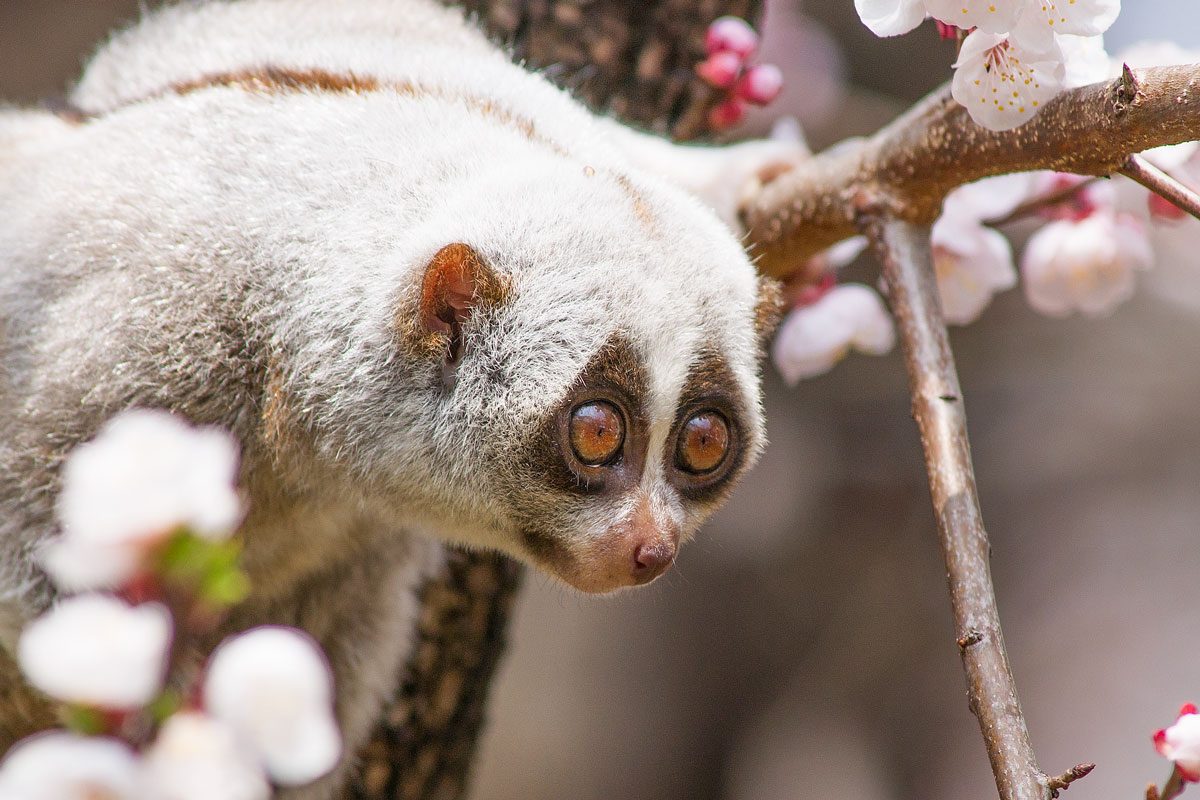
10 Scary Facts Behind the World’s Most Adorable Animals

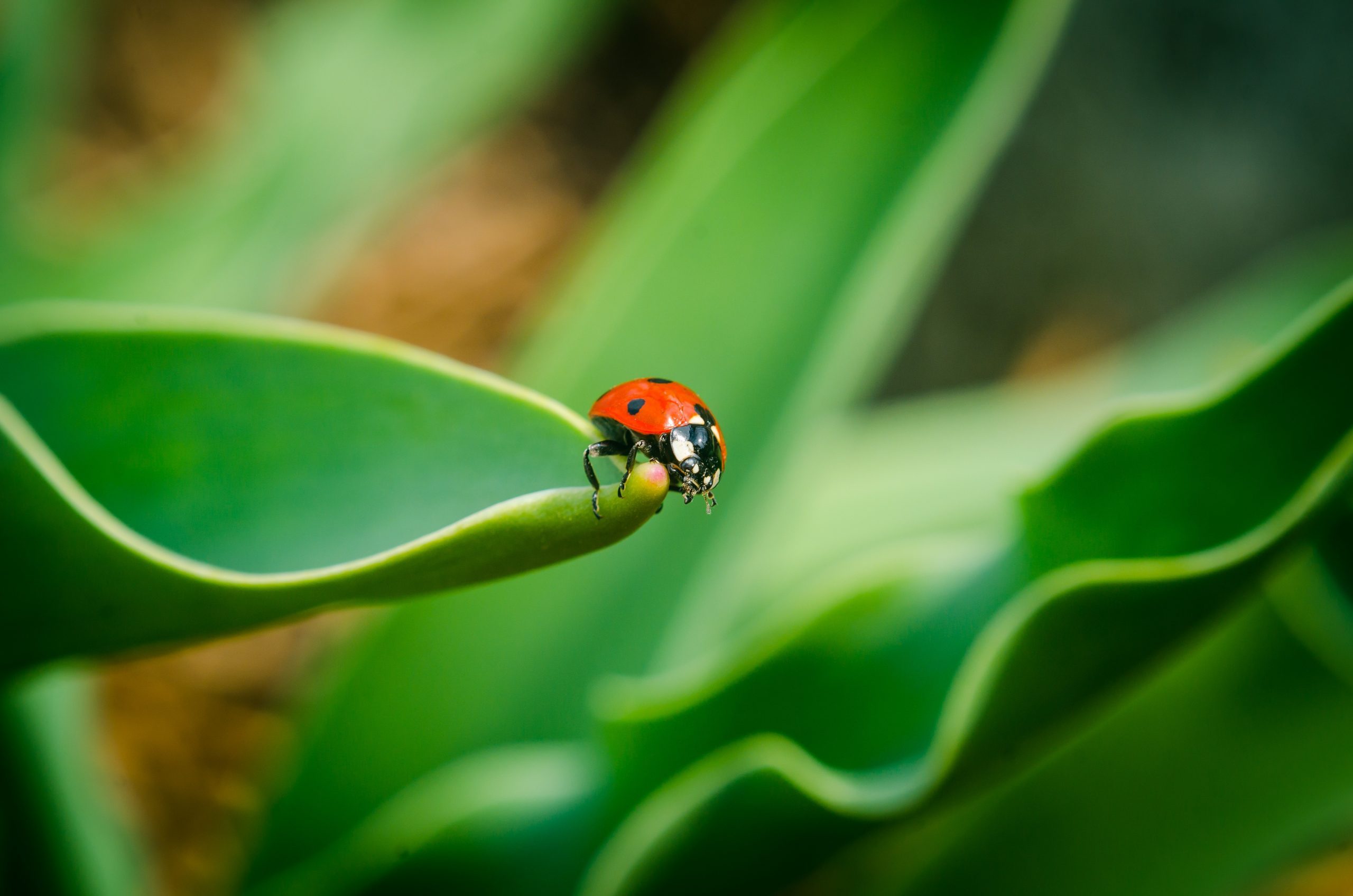
Ladybugs are cannibals
These brightly colored beetles sometimes turn to drastic measures when food is scarce. If it’s a matter of survival, certain species of female adult ladybugs, such as the Harlequin ladybug, will eat their own unhatched eggs if they can’t find small insects to munch on. The beetles also have a wicked defense mechanism: When threatened, ladybugs emit a foul-smelling fluid from their leg joints that helps scare away predators.
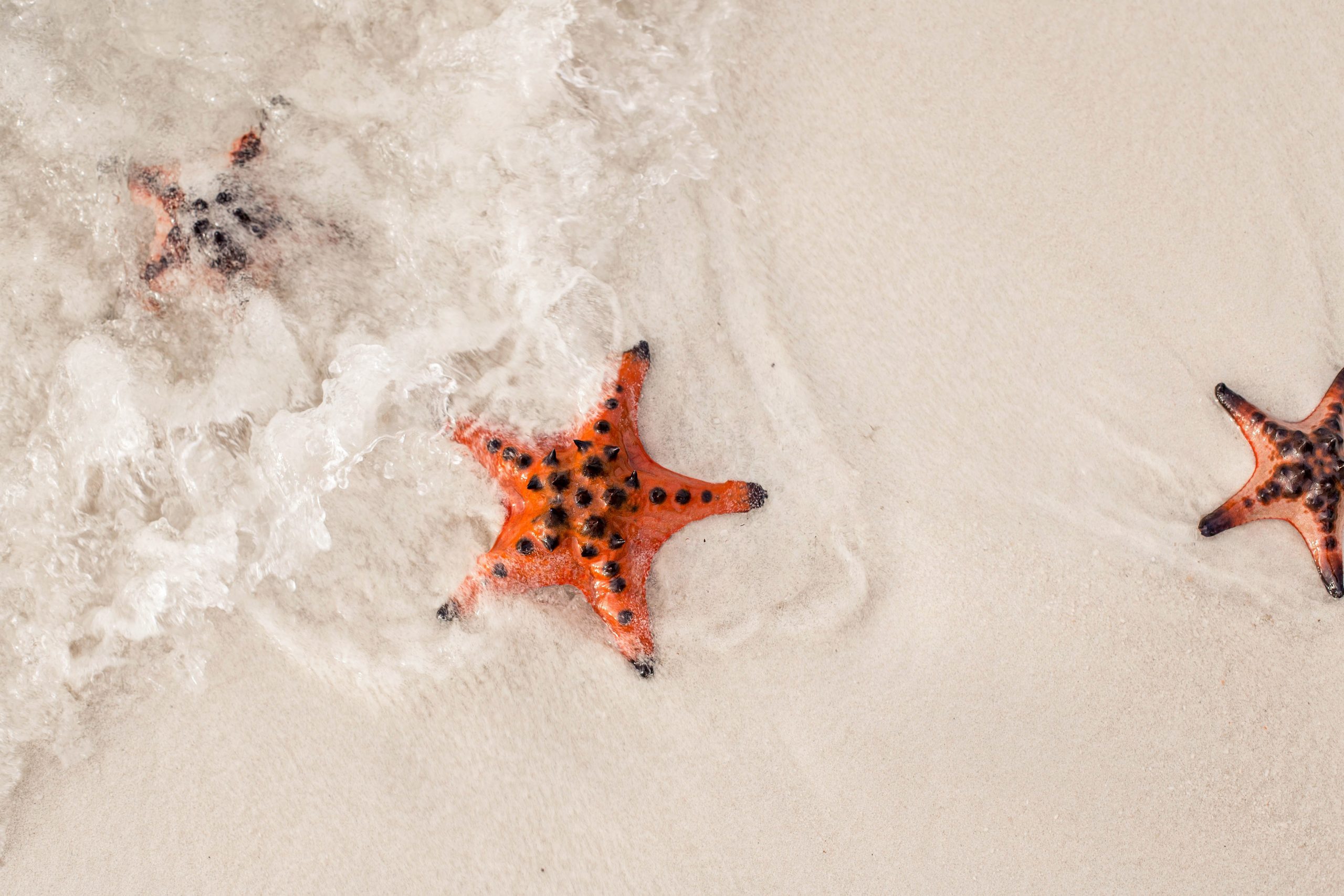
Starfish have ghoulish eating habits
It may come as little surprise that these naturally pink creatures have a few biological eccentricities—they see through tiny “eyespots” at the tip of each arm, for example. But their eating habits qualify as downright grotesque. To consume a mussel or clam, the five-pointed critter pries open the shell, ejects its stomach from its mouth into the shell, digests the animal, then slides its stomach back into its own body.
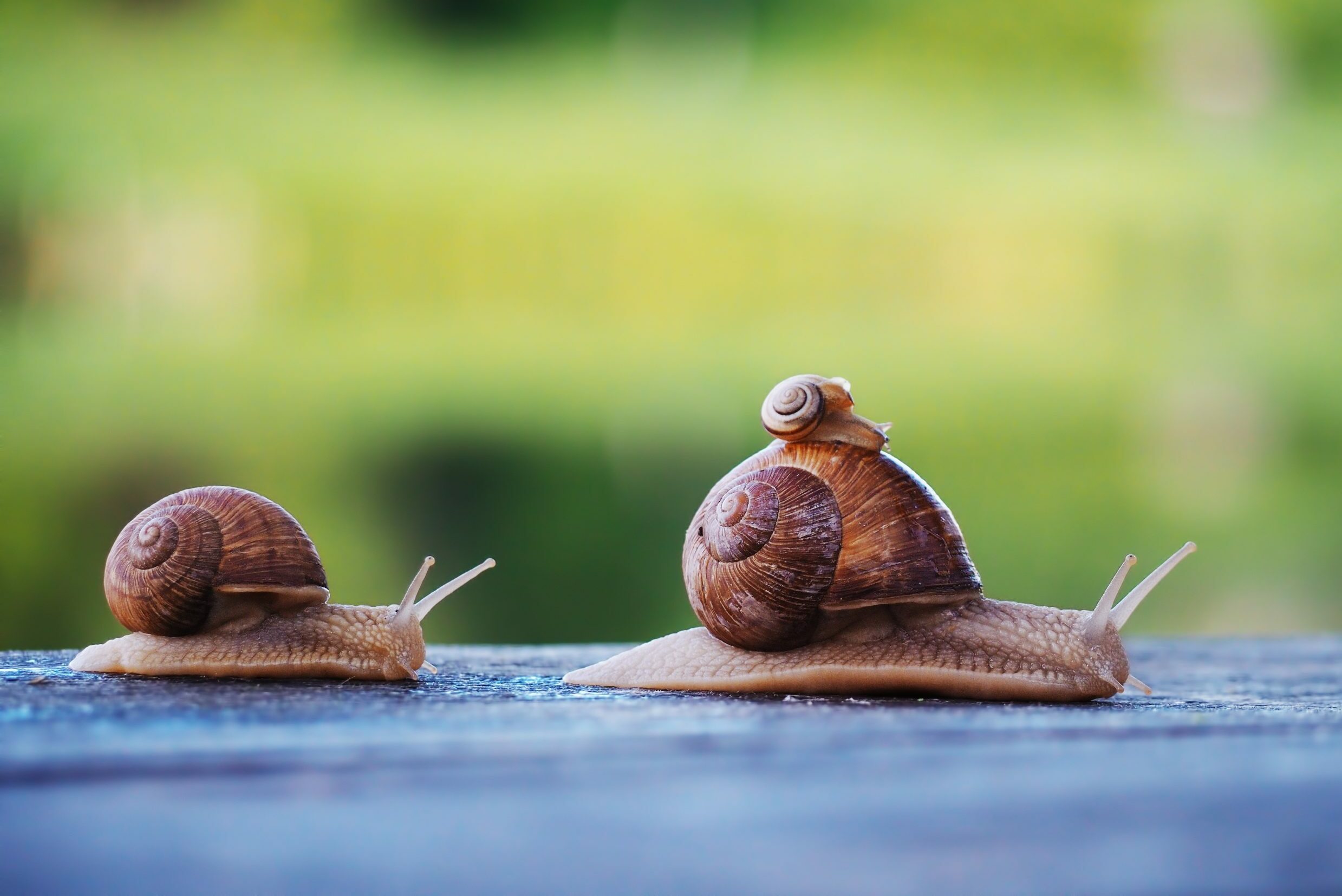
Snails have razor-sharp teeth
How terrifying can an animal really be if it moves at an average speed of 0.03 mph and leaves behind a trail of goo? One look into a snail’s mouth will tell you: Gastropods, including snails and slugs, have thousands of tiny teeth located on a ribbon-like structure called a radula. Depending on the species, they use these teeth as a poison harpoon, to cut prey or, in the case of the ghost slug, to seize and devour earthworms.
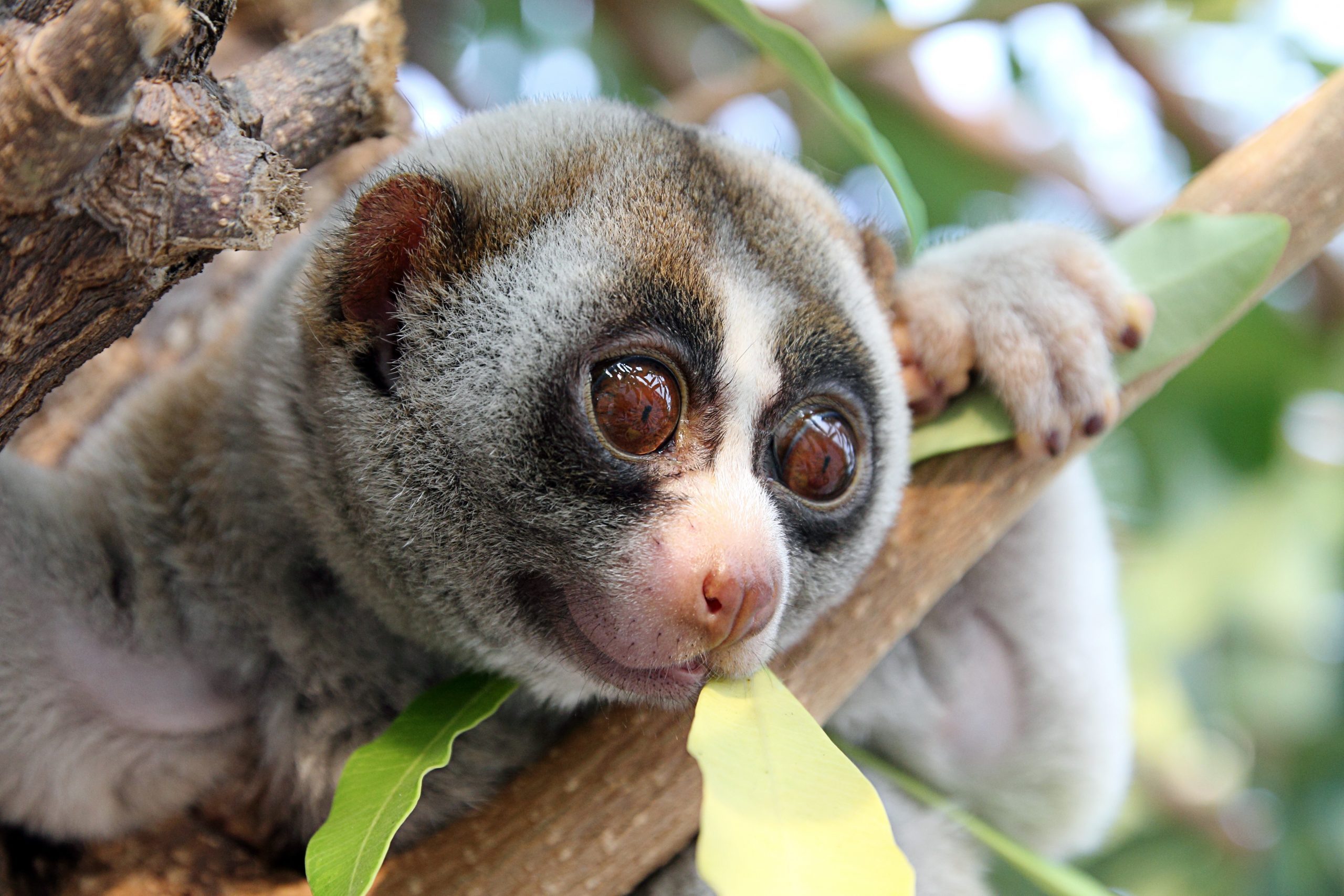
Slow lorises have poisonous upper arms
The doe-eyed slow loris is one of the only poisonous mammals in the world. Normally no more than 15 inches long, this cute critter produces an oil from the brachial gland in its upper arm. When threatened, it licks the gland (its saliva helps create the venom) and bites the predator. This delivers the poison, which can cause a severe, potentially deadly allergic reaction in other mammals.
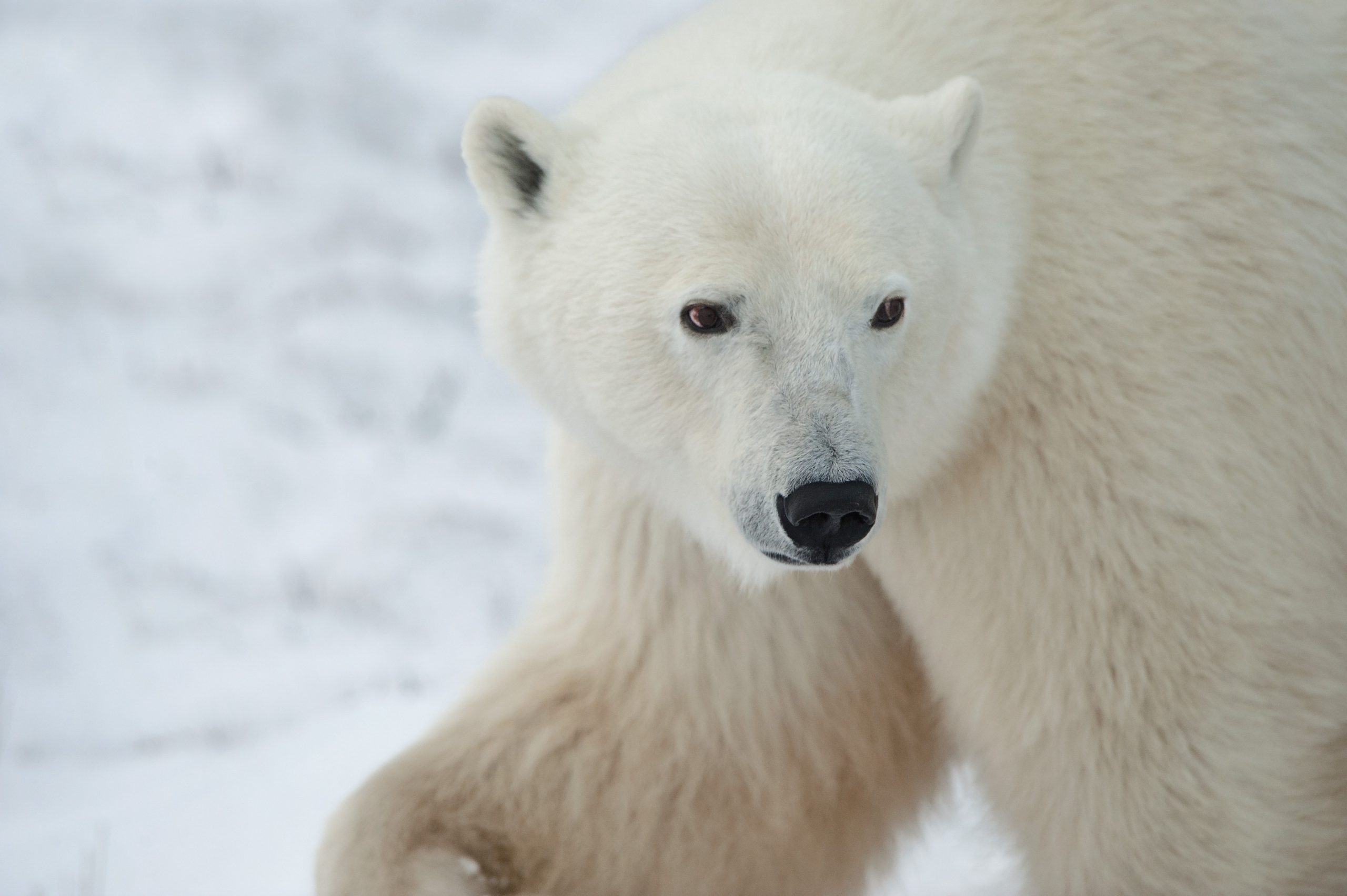
Polar bears are vicious predators
Polar bears may look cute and cuddly, but they are the world’s largest land predator, often stalking the breathing holes that seals make in the ice. Using their excellent sense of smell, polar bears wait until they detect a seal’s breath, then reach into the hole and drag the seal out onto the ice. Seals are often their go-to food source because they’re rich in fat and calories, providing polar bears with the great amounts of energy they need to maintain their body temperature. They also sometimes attack juvenile walruses, beluga whales and narwhals.
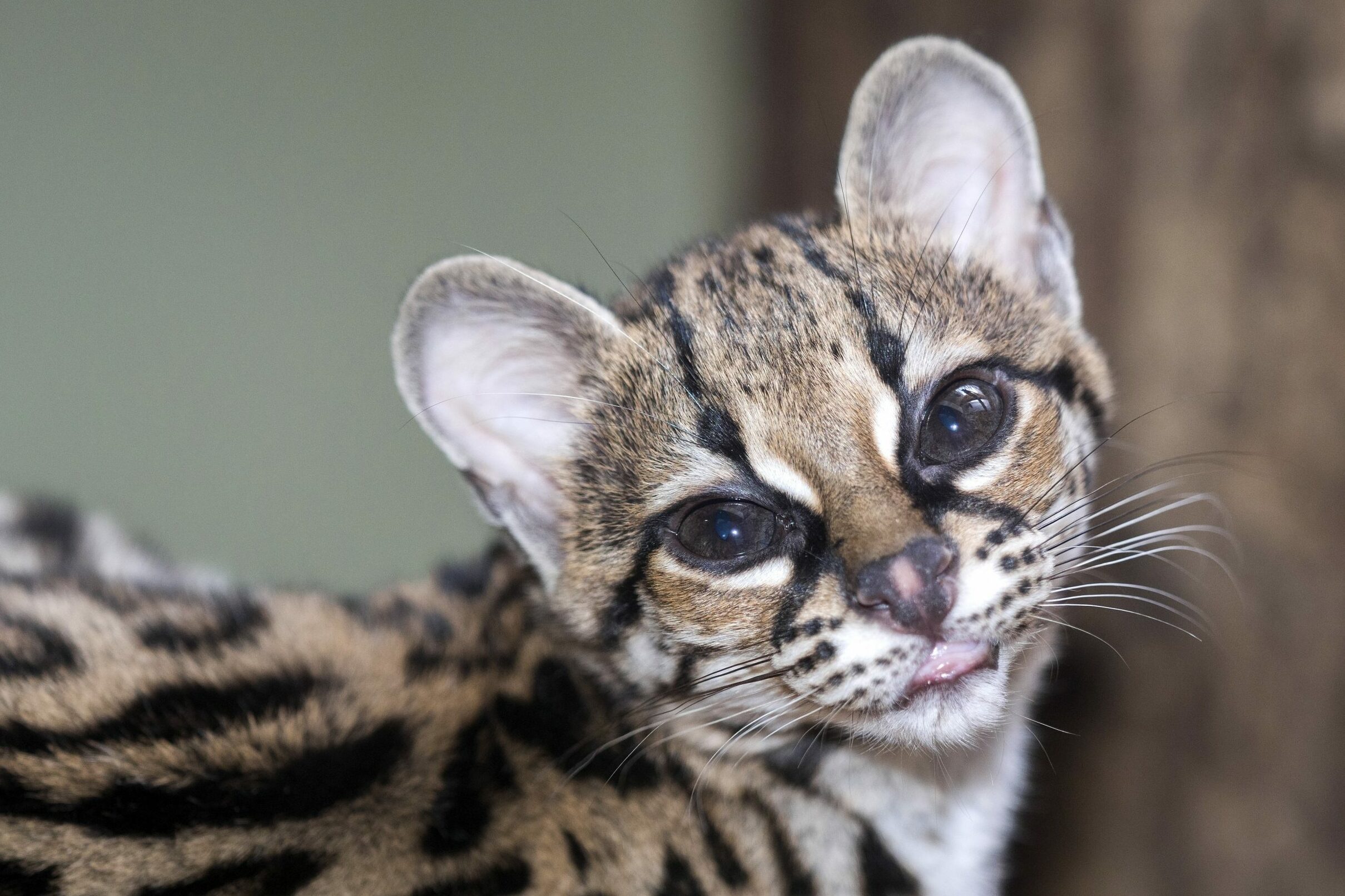
Margays are psychological manipulators
These jungle cats may appear to be friendly if you happen to spot them in the Amazon rainforest, but these kitties are nothing like your typical house pet. The way they survive is downright evil: When margays are hungry, they will mimic the cry of their intended prey to lure them over. According to National Geographic, it’s the first documented case of a cat using vocal imitation as a hunting device.
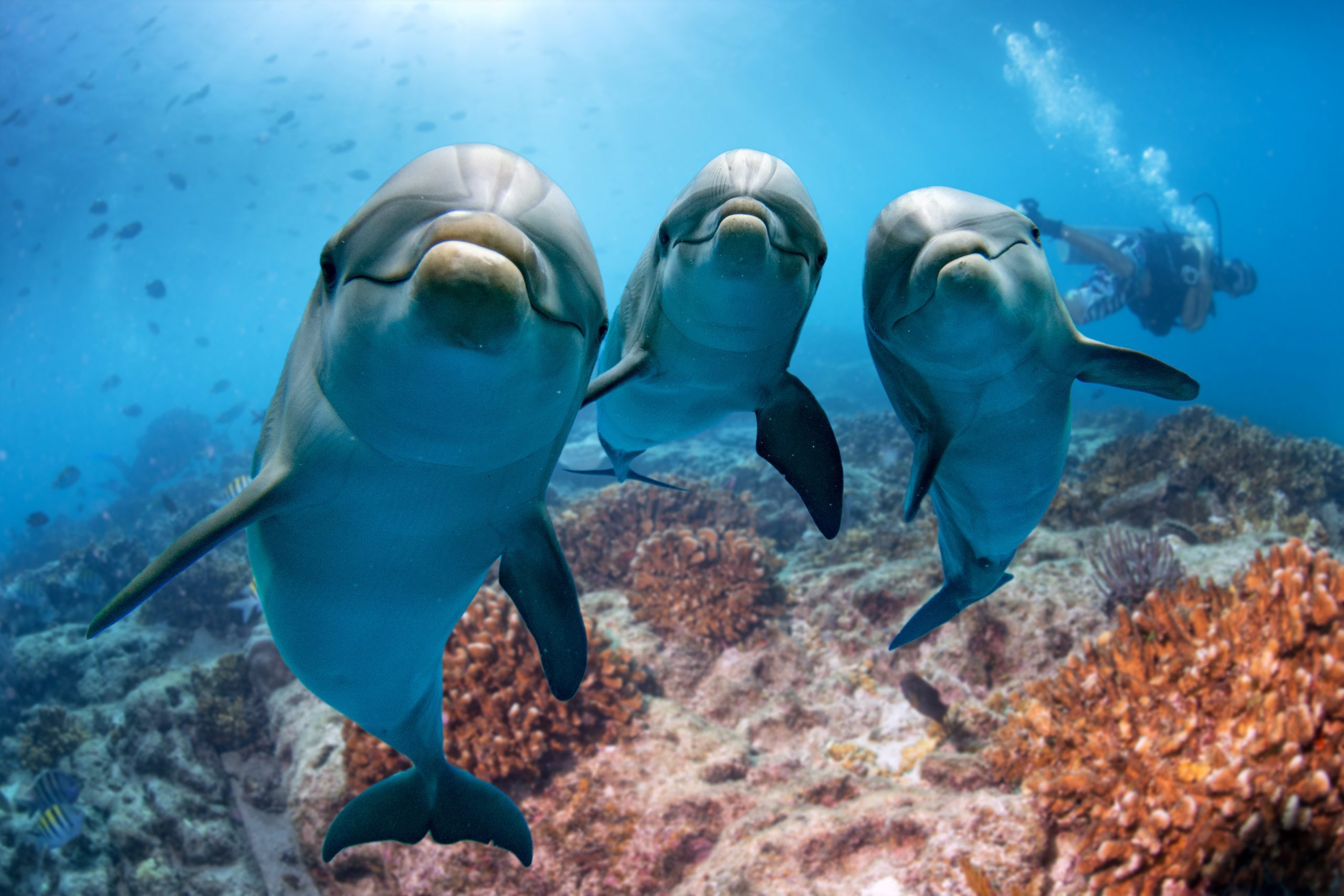
Dolphins like to bully and torture others
We know what you’re thinking—how could such majestic and calm creatures be so mean? Well, the unfortunate truth is that dolphins can be actually quite violent when they’re in a playful mood. They have been observed using baby sharks like volleyballs, and in one instance, a group of dolphins ganged up on and killed porpoises in unexplained acts of aggression.

Penguins will kidnap others’ chicks
Those adorable waddling penguins can actually be baby-stealing meanies if they lose their own chicks. While the kidnapping only lasts for anywhere between a few hours to a week, the kidnapper doesn’t return the baby chick when she loses interest—she will abandon the stolen chick, leaving it to fend for itself and likely perish.
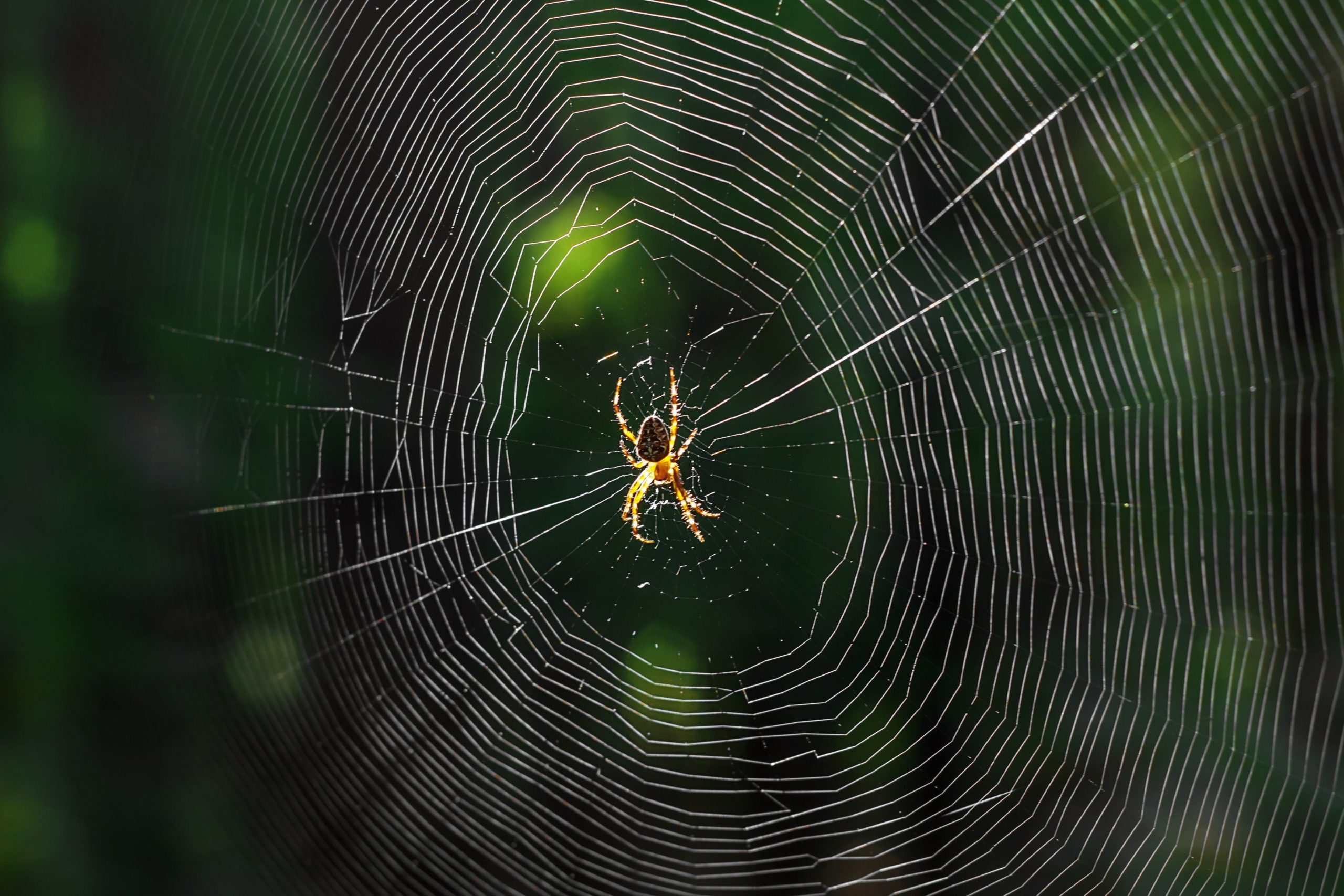
Baby spiders eat their mom
Just like the ladybug is a bit of a cannibal, so are some species of spiders. The process is called matriphagy, and it happens after the mother has nearly depleted her resources by producing a nourishing fluid that she feeds to her babies by mouth. Once the mother has little fluid left, the baby will crawl on top of her and start eating her. Talk about an ungrateful kid!

Kangaroos are ruthless mothers
Don’t be fooled by the that sweet-looking kangaroo that hops around in the most adorable way. If in danger, a mother kangaroo will sacrifice her baby. The logical reason for this is because a baby can’t reproduce, so it’s up to the mother to keep herself alive so that the species can continue to thrive. A zookeeper from the North Georgia Zoo says that if a mother kangaroo has multiple babies, during times when the mom can’t support them all, she may sacrifice one to boost the chances of survival for the others.
Why trust us
At Reader’s Digest, we’re committed to producing high-quality content by writers with expertise and experience in their field in consultation with relevant, qualified experts. We rely on reputable primary sources, including government and professional organizations and academic institutions as well as our writers’ personal experiences where appropriate. For this piece on scary animal facts, Beth Dreher tapped her experience as a journalist who has covered nature and animals for Reader’s Digest. We’ve gone the extra step and had Marcy Lovitch, a fact-checker with 20-plus years of experience researching for national publications including Marie Claire, Good Housekeeping, Family Circle, Glamour, Seventeen, Real Simple, Forbes and InStyle magazines, verify that all quotes are attributed correctly and have credible sourcing. Read more about our team, our contributors and our editorial policies.
Sources:
- San Diego Zoo Wildlife Alliance: “Ladybug”
- National Geographic: “Surprise! Scientists Find That Starfish Eyes Actually See, at Least a Little”
- National Geographic: “Snails Race for Glory, Lettuce”
- ifaw: “Slow lorises”
- National Wildlife Federation: “Polar Bear”
- International Society for Endangered Cats (ISEC) Canada: “Margay”
- Entomology Today: “Arachnid Matriphagy: These Spider Mothers Literally Die for Their Young”
- Enviroliteracy: “Why Do Penguins Kidnap Chicks? Unraveling the Mystery of Penguin Chick ‘Theft'”
- North Georgia Zoo: “Ask a Zookeeper: Sacrificing Babies”
- UPI: “Research: Dolphins play ‘shark volleyball'”




















